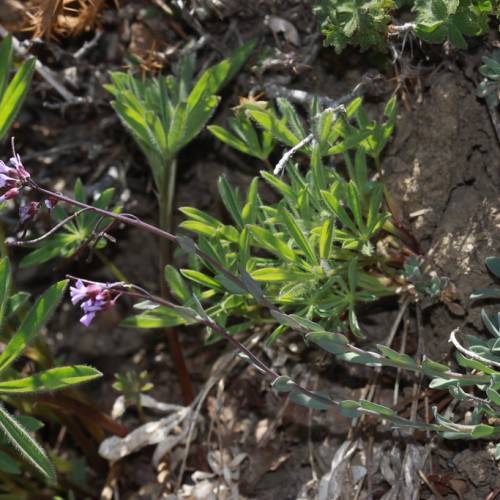
Lemmon's Rockcress
Boechera lemmonii
Watering:
Minimal
Hardiness Zone:
Sun:
full sun,part shade
Leaf:
Yes
Growth Rate:
Low
Drought Tolerant:
Yes
Salt Tolerant:
Yes
Care Level:
Medium
watering
Water Graham's Rockcress moderately, once or twice a week in the growing season. Allow the soil to dry out between waterings and then provide enough water to moisten the soil to a depth of 6-8 inches. Water in the mornings and avoid getting the foliage wet. Reduce watering frequency to once a month during the winter months.
sunlight
Graham's Rockcress (Boechera grahamii) is a plant species that thrives in full sun. It prefers direct sun for at least 6 hours each day, and can tolerate partial sun in more extreme climates. It does best in temperatures between 60 and 70 degrees Fahrenheit. Graham's Rockcress is a cold weather plant, so it is best not to expose it to temperatures above 75 degrees Fahrenheit, as that can lead to leaf burn.
pruning
Graham's Rockcress should be pruned sparingly and immediately after flowering is complete. Pruning should remove about 1/3 of the plant's stem. If the plant has become too tall, an additional 1/3 can be removed to help shape the plant. Pruning will encourage the plant to bush out, allowing for more floral display in subsequent flowering seasons. It is best to prune the top of the plant, cutting the stem just above a set of leaves. Pruning is best done in early summer, after flowering is complete.
